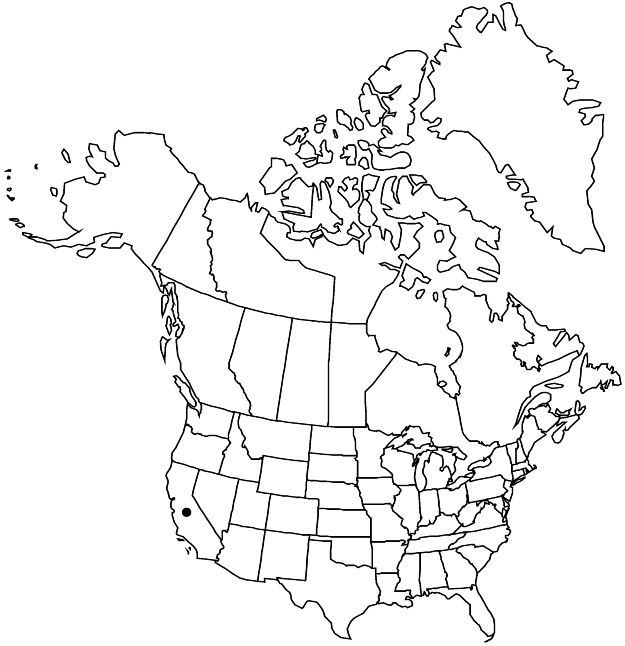Difference between revisions of "Chamaebatia australis"
Bull. Torrey Bot. Club 34: 263. 1907.
FNA>Volume Importer |
imported>Volume Importer |
||
| (One intermediate revision by the same user not shown) | |||
| Line 53: | Line 53: | ||
|publication year=1907 | |publication year=1907 | ||
|special status= | |special status= | ||
| − | |source xml=https:// | + | |source xml=https://bitbucket.org/aafc-mbb/fna-data-curation/src/2e0870ddd59836b60bcf96646a41e87ea5a5943a/coarse_grained_fna_xml/V9/V9_565.xml |
|subfamily=Rosaceae subfam. Dryadoideae | |subfamily=Rosaceae subfam. Dryadoideae | ||
|tribe=Rosaceae tribe Dryadeae | |tribe=Rosaceae tribe Dryadeae | ||
Latest revision as of 22:57, 5 November 2020
Plants 6–20 dm, separate, possibly colonial. Stems: internodes 2–10(–22) mm; bark gray. Leaves 2(–3)-pinnately compound; petiole 2–5 mm; blade lance-elliptic, (30–)35–55 × 10–25 mm, surfaces hirtellous, stipitate-glandular; rachises straight to decurved; pinnae 13–17 per side, oblong, 2–13 × 1.3–4 mm, each divided into 3–9 pairs of segments, ultimate segments obliquely obovoid, 0.8–1.5 × 0.4–1 mm, terminal largest, each with terminal sessile or embedded gland, rachis (rachilla) with additional segments. Inflorescences (1–)2–5-flowered, racemose corymbs, 40–65 mm; peduncles 3–15 mm. Flowers: hypanthium 3–4 mm diam.; hypanthia and sepals hirtellous, stipitate glands to 1 mm; sepals oblong, 3.5–4.5 mm; petals 5.5–6.5(–7.5) mm, apex cleft or not; stamens 35–40; styles 3.5–4 mm. Achenes 3–4 mm. 2n = 18.
Phenology: Flowering Apr–Jun.
Habitat: Dry slopes in chaparral, coarse granitic sands
Elevation: (200–)300–1000(–1200) m
Distribution

Calif., Mexico (Baja California).
Discussion
Chamaebatia australis occurs in San Diego County and adjacent northern Baja California.
Selected References
None.